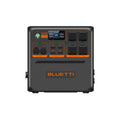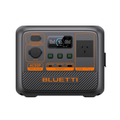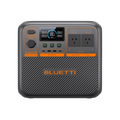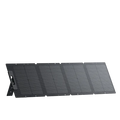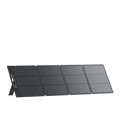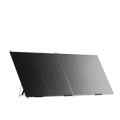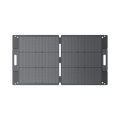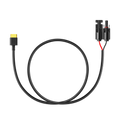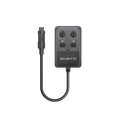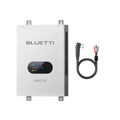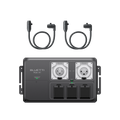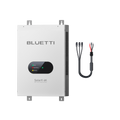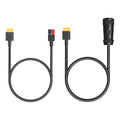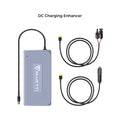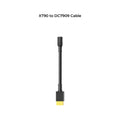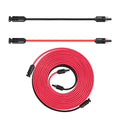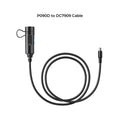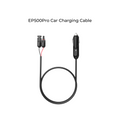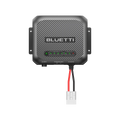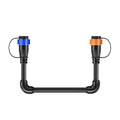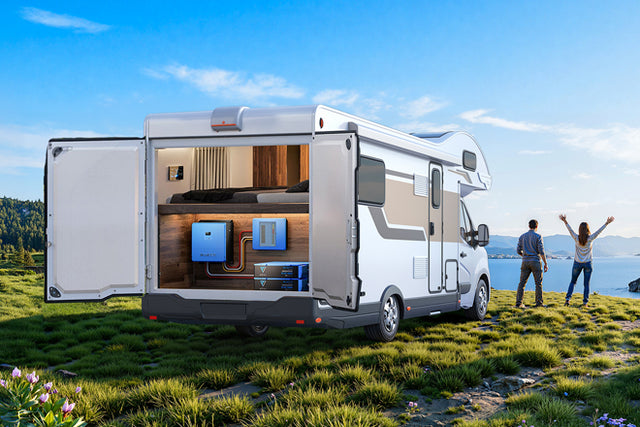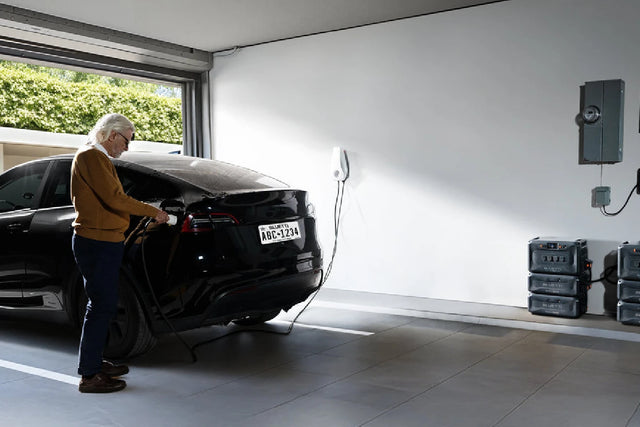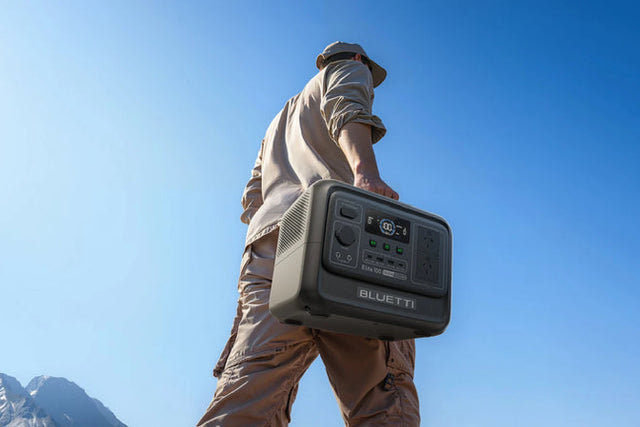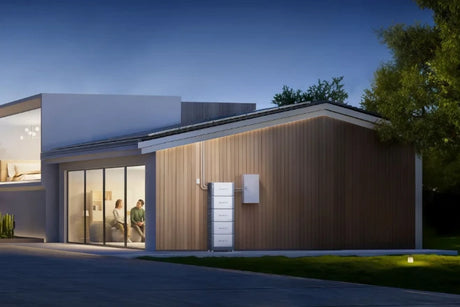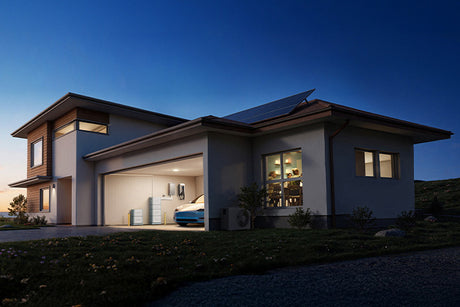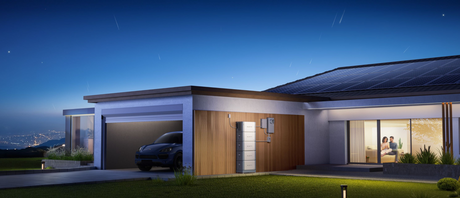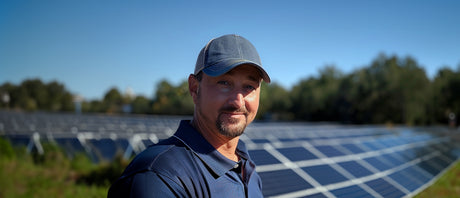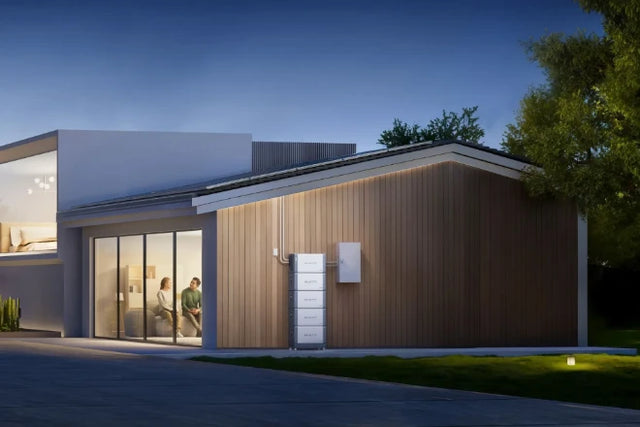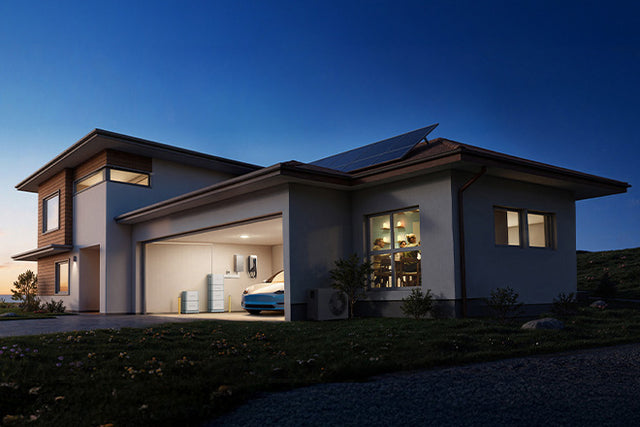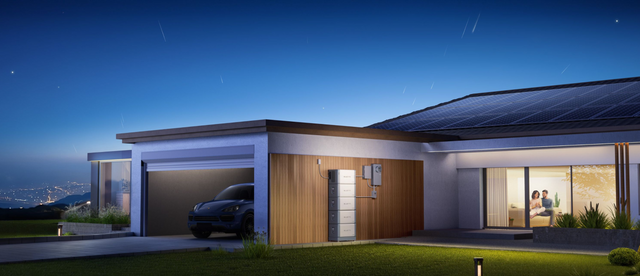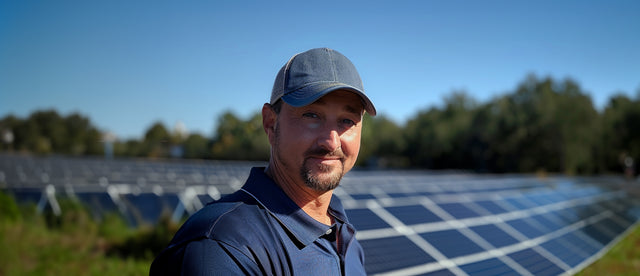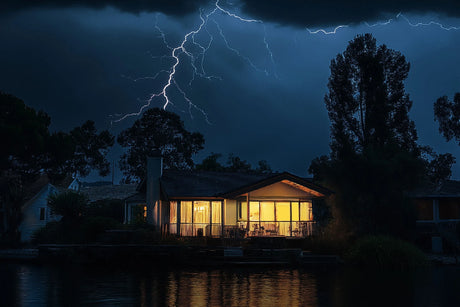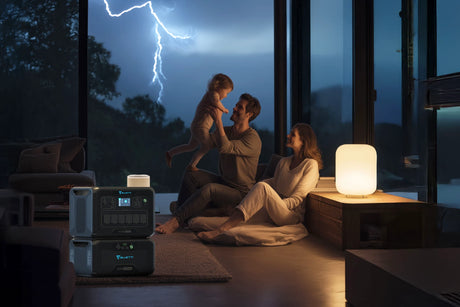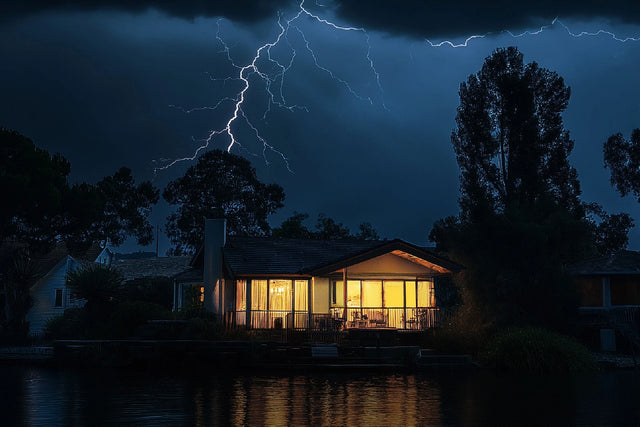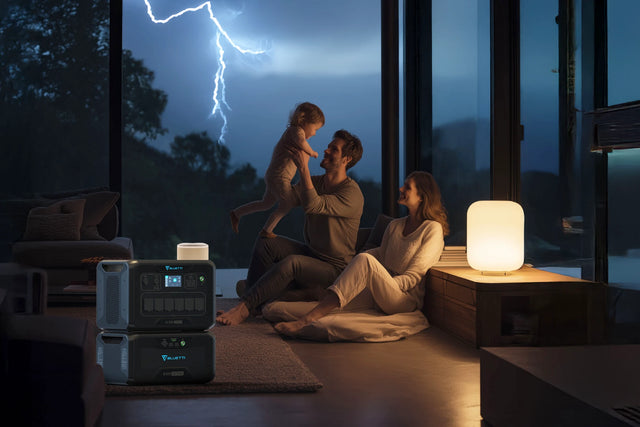As we move towards a more sustainable future, educational institutions are starting to rethink their power sources. With the need to cut down on power usage to combat climate change and reduce costs, schools are now turning to solar power as a way to power their classrooms and facilities.
What is a Solar-Powered Classroom?
A solar-powered classroom is an innovative way to provide renewable energy for educational facilities. This type of classroom has a solar panel system designed to convert sunlight into electricity, providing power for lighting, heating, cooling, and other electrical needs. These classrooms are built with sustainability in mind, using eco-friendly materials whenever possible to reduce their carbon footprint.
Not only do they save money on energy costs, but they also serve as a great teaching tool for students to learn about renewable energy and the importance of environmental conservation. The solar-powered classroom is a perfect example of how advancements in technology can help create a more environmentally conscious society, paving the way for a brighter and more sustainable future.
How do solar-powered classrooms work?
These classrooms use solar panels to capture energy from the sun and convert it into electricity. This electricity can then be used to power lights, fans, computers, and other electronic devices in the classroom.
The panels are typically installed on a roof or other elevated area where they can collect as much sunlight as possible. During the day, the panels generate electricity that is used immediately and any excess is stored in batteries for use at night or on cloudy days. These classrooms are not only environmentally friendly but also cost-effective in the long run, as the initial investment in the panels can be offset by lower electricity bills.
Overall, solar-powered classrooms are an innovative solution to providing sustainable energy to schools in areas with limited access to electricity.
Are there any drawbacks to solar-powered classrooms?
Solar-powered classrooms have become increasingly popular due to their eco-friendliness and cost-saving ability. While this technology has positive effects, there are some drawbacks that one should consider.
For starters, the location and the amount of sunlight that the classroom receives play a significant role in determining the effectiveness of these solar panels. Additionally, these panels are usually costly to install and maintain. While the long-term costs may ultimately be less than traditional electrical systems, the initial installation fees may impose a burden on schools that are already struggling to allocate funds to other areas.
Furthermore, these solar panels are not always able to produce energy during cloudy periods, meaning that schools may have to rely on backup energy sources to power the room. Despite these drawbacks, the overall benefits that solar-powered classrooms provide help make them a valuable addition to classrooms across the world.
What are some examples of schools that have installed solar-powered classrooms?
Australia is one of the countries at the forefront of implementing sustainable energy practices in schools. One example of such a school is St. Francis de Sales Regional College in Leeton, New South Wales. Their solar-powered classrooms generate enough energy to power the entire school, saving them approximately $50,000 each year. Another notable school is Karabar High School in Queanbeyan, New South Wales, which installed over 1,800 solar panels on its rooftop.
Their solar-powered classrooms now generate approximately 50% of the school's annual electricity needs. These examples demonstrate the potential for solar-powered classrooms to provide sustainable, cost-effective energy solutions for schools in Australia and beyond.
How can I find out more about solar-powered classrooms?
There are numerous resources available both online and in your local community that can provide you with in-depth information on this innovative, eco-friendly solution.
To start your research, consider visiting websites dedicated to sustainability and renewable energy, such as the Australian Renewable Energy Agency or Clean Energy Council. You can also reach out to schools or universities in Australia that have already implemented solar-powered classrooms to learn about their experiences and best practices.
Additionally, attending webinars or conferences focused on renewable energy can provide valuable insights and networking opportunities. With so many resources available, you'll be well on your way to gaining a comprehensive understanding of solar-powered classrooms and their impact on our environment.
Sustainable Education through Solar-Powered Classrooms
Solving the issue of climate change entails taking action toward sustainable practices in every aspect of life, including education. Australia is taking a step forward in this direction by incorporating solar-powered classrooms into its education system.
This is getting children more in tune with the importance of sustainability and why it's necessary to make environmentally-conscious decisions. With this move, Australia is leading the way in sustainable education, promoting environmental stewardship as a fundamental component of learning.
The use of renewable energy sources in schools helps reduce carbon emissions and bring down energy costs, creating a safer and healthier future for our children. By implementing sustainable education practices, we can inspire the next generation to find solutions for a better tomorrow.
Advantages of a Solar-Powered Classroom
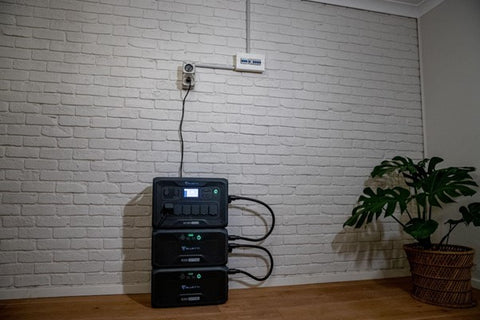
Fewer greenhouse gases are emitted
There are several advantages to having a solar-powered classroom, one being that these classrooms emit fewer greenhouse gases into the environment. With the threat of climate change looming over us, it is important to find ways to reduce our carbon footprint and adopt sustainable practices.
Australian schools have taken notice of this and have been incorporating solar technologies into their classrooms. Not only does it reduce harmful emissions, but it also teaches students about the importance of renewable energy and the impact it has on the planet. The benefits of solar-powered classrooms extend beyond just being environmentally friendly, as it also helps schools save money on energy costs in the long run.
It's clear that investing in solar technology is a smart choice for not only schools in Australia but for anyone looking to make a positive impact on the environment.
Solar power is a renewable resource
While it is common knowledge that using solar energy helps the environment, there are many other advantages to utilizing this renewable resource. One significant advantage is that solar panels are a cost-effective solution in the long term, reducing energy bills and providing ample opportunities to save money.
Additionally, educational institutions that implement solar-powered systems in their classrooms can also teach students about the benefits of using sustainable and renewable resources. Moreover, it promotes a sense of pride and social responsibility among teachers, students, and even parents.
It's no wonder that solar-powered classrooms are becoming increasingly popular in Australia - it's an excellent way to promote sustainable living while encouraging an active and participatory learning environment.
Solar power is reliable
In Australia, where sustainable practices often dominate conversations on power and energy, the advantages of a solar-powered classroom cannot be ignored. One of the most notable benefits is that solar power is highly reliable. By harnessing the power of the sun, classrooms can maintain a consistent source of electricity, even in areas prone to power outages or fluctuations.
This not only helps ensure consistent learning environments for students, but it also reduces the strain on traditional energy sources and decreases a school's carbon footprint. And with advances in technology, solar panels are now more efficient and cost-effective than ever before, making them a smart investment for any school looking to prioritize sustainability.
Solar power is low maintenance
As we continue to explore alternative sources of energy, solar power has become a popular choice in many parts of the world, including Australia. Another key advantage of a solar-powered classroom is that it is low maintenance.
Unlike traditional power sources that require constant repairs, solar panels do not have any moving parts and rarely break down. This means that once you install a solar power system, it can last for years with little to no upkeep. In addition, the use of renewable energy sources like solar power can help reduce emissions and carbon footprint, making it an excellent option for those who are environmentally conscious.
With all these benefits, it’s easy to see why an increasing number of educational institutions are opting for solar power systems as a way to power their classrooms.
Solar power is versatile
Solar power can be used for a variety of purposes, including lighting, heating, and powering technology devices. This means that a solar-powered classroom can serve as a completely self-sufficient learning environment, with reliable and sustainable energy resources powering all classroom operations.
With the continued advancements in solar technology, the versatility and practicality of solar power make it an attractive solution for a growing number of educational institutions desiring an eco-friendly and efficient classroom environment.
Tips for Solar-powered Classrooms
Invest in high-quality solar panels
Investing in high-quality portable solar panels is one of the best tips for creating a solar-powered classroom. These panels are designed to transform sunlight into electricity that can power your classroom. High-quality panels can help to ensure that you get the most out of your investment and enjoy reliable energy.
They are designed to be durable, reliable, and efficient, making them ideal for any classroom setting. By investing in high-quality portable solar panels, you can help to ensure that your students have access to clean, renewable energy that saves money and protects the environment. With solar power, you can reduce your carbon footprint and help to create a sustainable future for the next generation.
Make sure your classroom is well-insulated
When it comes to creating an eco-friendly classroom, installing solar panels is just one step. Another crucial aspect to consider is insulation. By making sure your classroom is well-insulated, you can decrease the amount of energy needed to keep the space warm or cool, and as a result, you'll rely less on your solar-powered system overall.
Simple insulation tactics, such as sealing gaps around windows and doors, can go a long way in improving energy efficiency. So, don't overlook this important tip when setting up your solar-powered classroom. Not only will you save money on energy bills, but you'll also be doing your part to create a more sustainable future.
Keep your classroom clean and organized
Use energy-efficient lighting fixtures
When it comes to solar-powered classrooms, using energy-efficient lighting fixtures is a must. Traditional light bulbs are known to consume significant amounts of energy, which can be detrimental to the overall efficiency of solar power systems. By switching to energy-efficient lighting options, such as LED lighting, classrooms can reduce their energy consumption and ultimately lower their electricity bills.
Additionally, energy-efficient lighting fixtures have a longer lifespan than traditional bulbs, which means less maintenance and fewer replacements in the long run. Implementing the use of energy-efficient lighting fixtures can make a significant impact on the overall energy efficiency of solar-powered classrooms, therefore contributing to a more sustainable future.
Be prepared for emergencies
As solar power becomes more common in classrooms across the country, it's important to be prepared for any emergencies that may arise. While solar panels are reliable and efficient, occasional power outages can still occur.
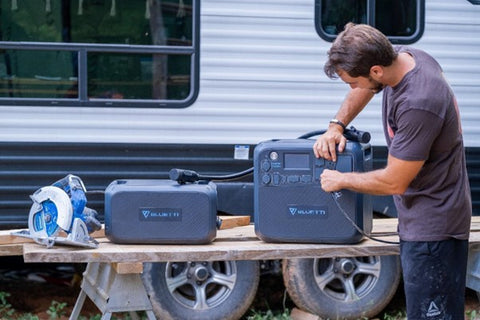
To ensure that your solar-powered classroom is always ready for any situation, it's important to have backup power sources on hand. This can include battery backups and backup generators that can provide power during outages.
Additionally, it's important to have a plan in place in case of an emergency, including guidelines for how to safely shut down solar panels if necessary. By being prepared for emergencies, your solar-powered classroom can continue to provide reliable and sustainable energy for years to come.
Promote Sustainable Learning Through Solar Power
Solar-powered classrooms provide an exciting, groundbreaking way for students to engage in sustainable energy learning that is cost-effective and eco-friendly. Not only does this bring about more access to education, it opens up more opportunities for students, including areas of remote or disaster-affected locations.
This serves the purpose of encouraging positive change throughout schools and communities alike to continue down the path of sustainability, and what better way is there than by investing in renewable energy? It's time to take active steps towards something that supports not only the population but also the planet’s health.
Shop products from this article
Be the First to Know
You May Also Like
For the on-the-go Aussie who's constantly balancing work, play, and the great outdoors, the right power bank can make all the difference. Imagine wandering through the sun-drenched landscapes of the...
Solar energy is becoming an increasingly popular method of powering homes and businesses around the world. As we strive towards a more sustainable future, harnessing the power of the sun...
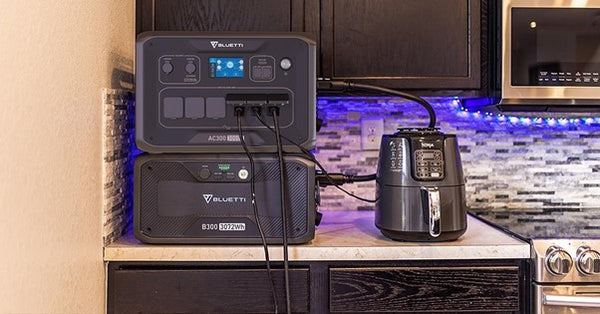


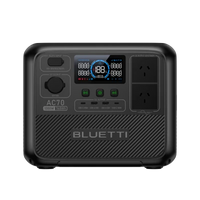
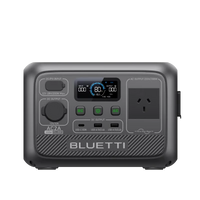
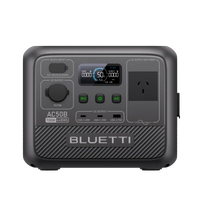

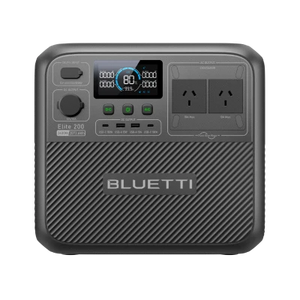
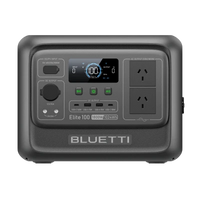
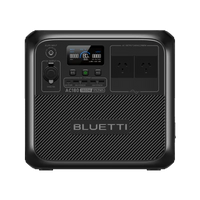
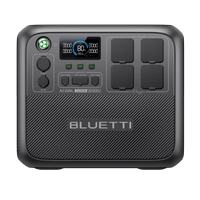
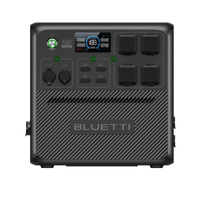
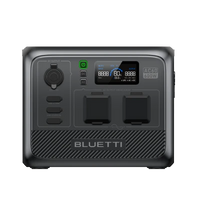
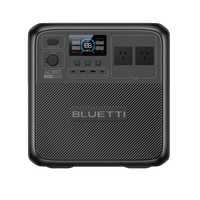


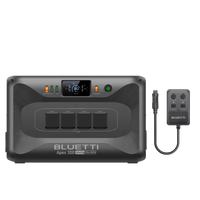

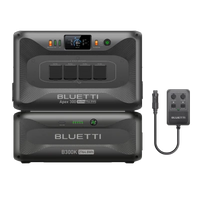
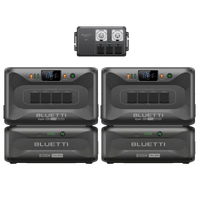
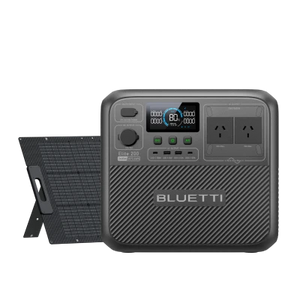
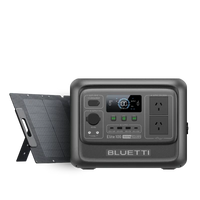
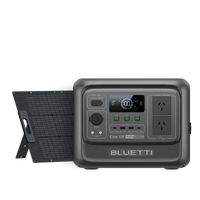
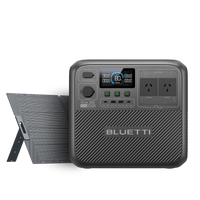
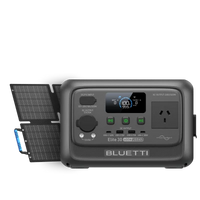
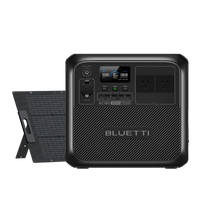
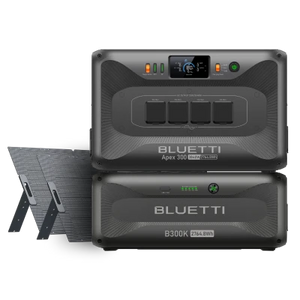
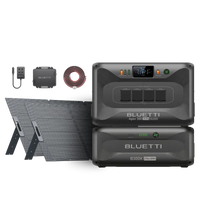
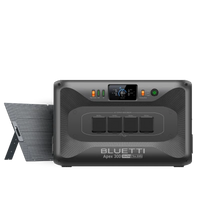
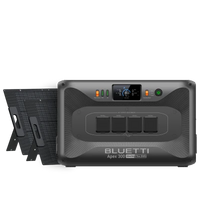
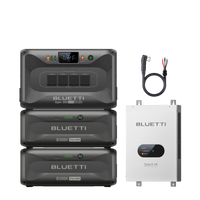

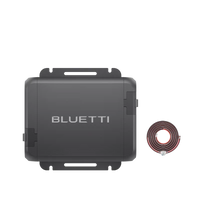
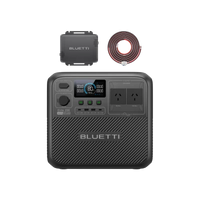
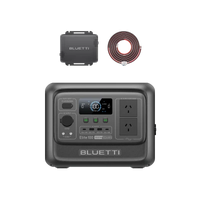
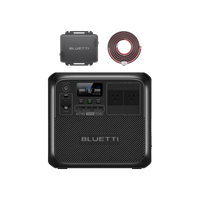
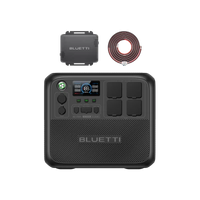
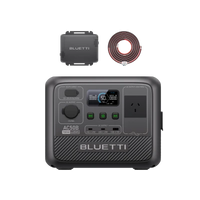
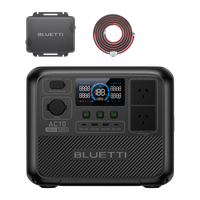


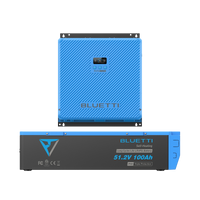
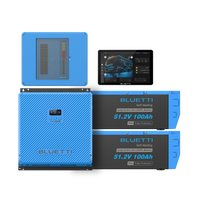
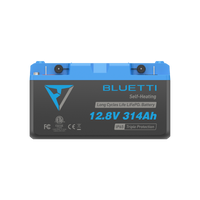
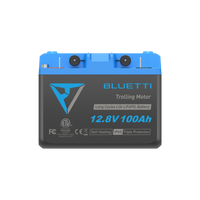
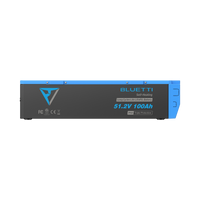
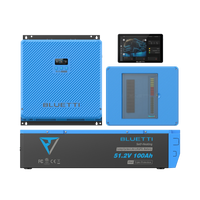
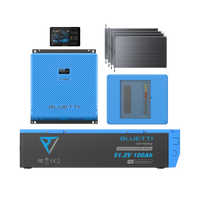
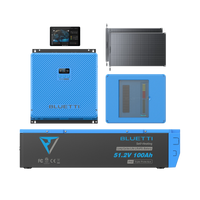
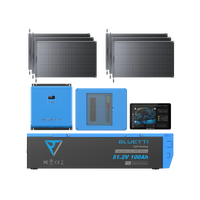




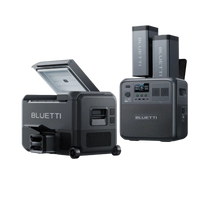
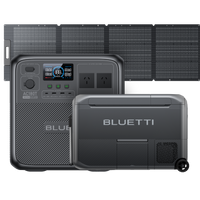
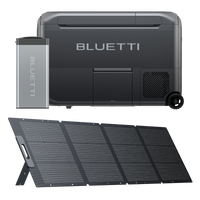
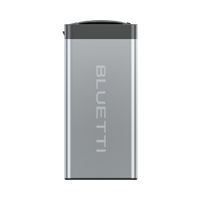
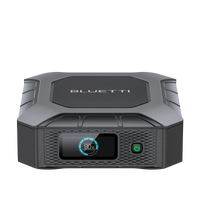
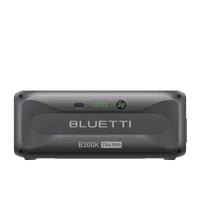

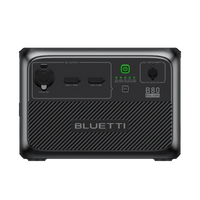
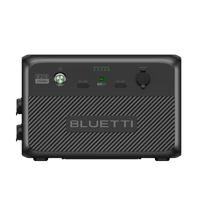

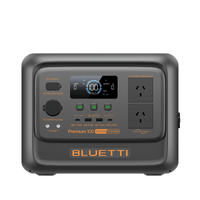
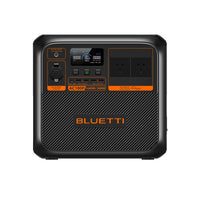

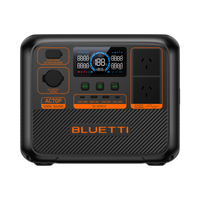
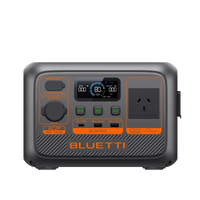
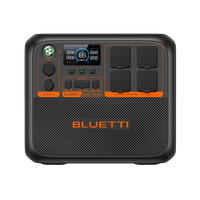
![[Phased Out] BLUETTI B80P Expansion Battery | 806Wh](http://www.bluettipower.com.au/cdn/shop/files/202310025B80P_2000-2000px_4_4caa0c1c-4dab-4272-9e9b-2b7507e5bd81.jpg?v=1713777870&width=200)
![[Phased Out] BLUETTI B210P Expansion Battery | 2,150Wh](http://www.bluettipower.com.au/cdn/shop/files/2_08cf9ef3-03a4-4489-b641-d3edb8094896.webp?v=1716016566&width=200)
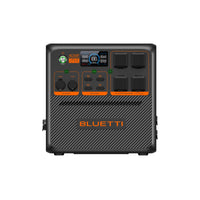
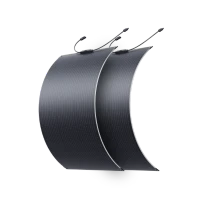
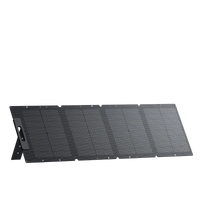
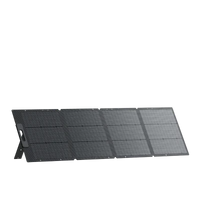
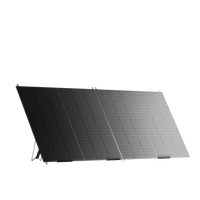

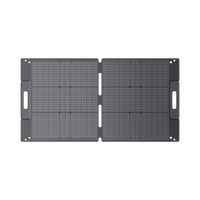

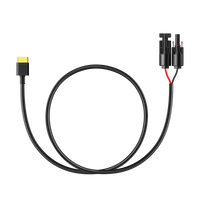
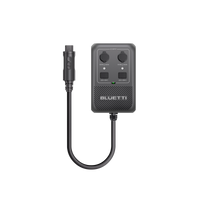
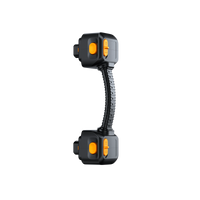
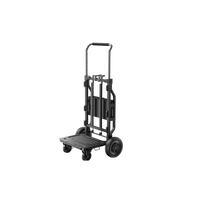
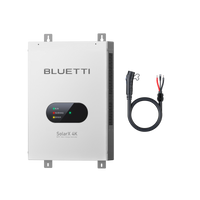
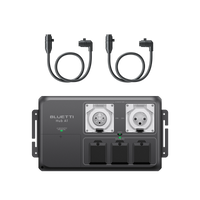
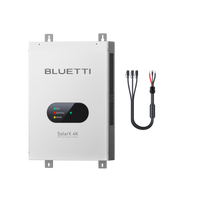
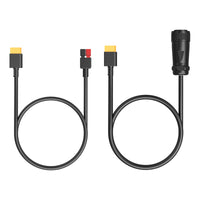
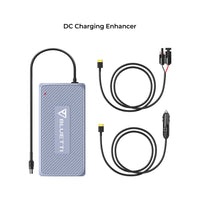
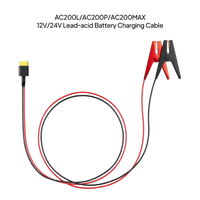
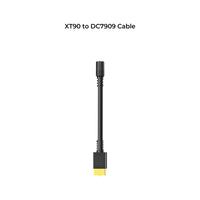
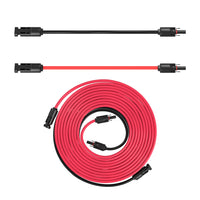
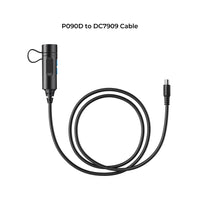
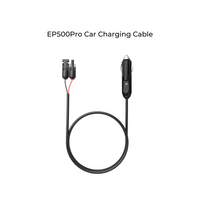
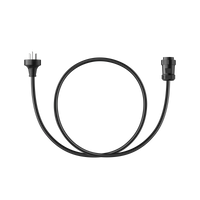
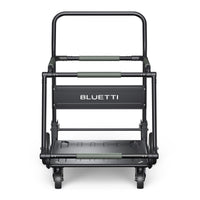
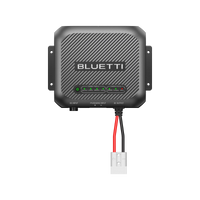
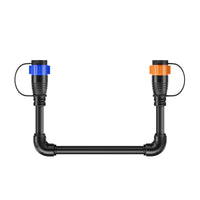



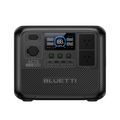
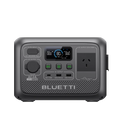
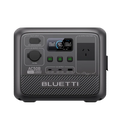


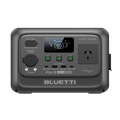
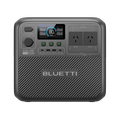
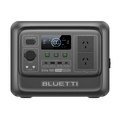
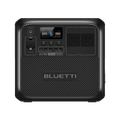
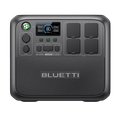
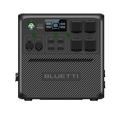
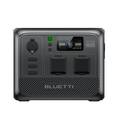
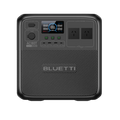


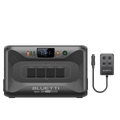

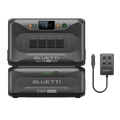
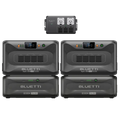




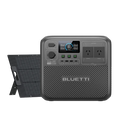
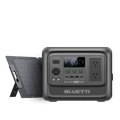
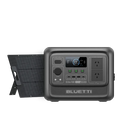
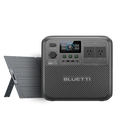
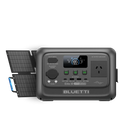
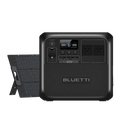
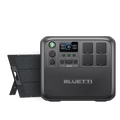
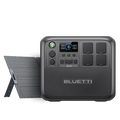




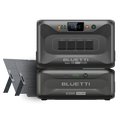
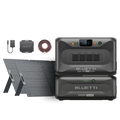
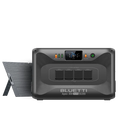
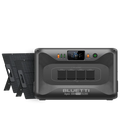
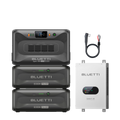



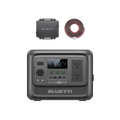
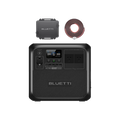


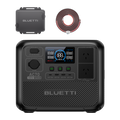
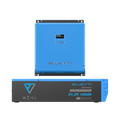
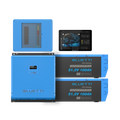
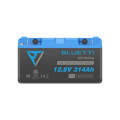
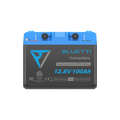

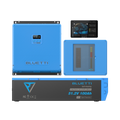
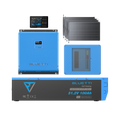

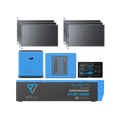
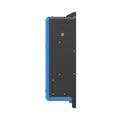




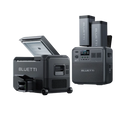
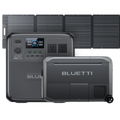

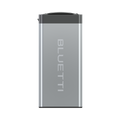
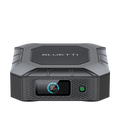
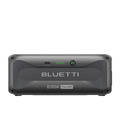

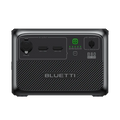
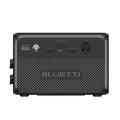


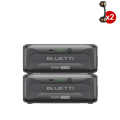
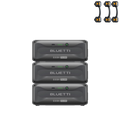





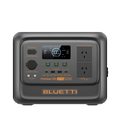
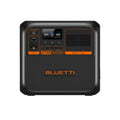

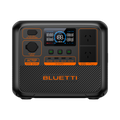
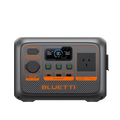

![[Phased Out] BLUETTI B80P Expansion Battery | 806Wh](http://www.bluettipower.com.au/cdn/shop/files/202310025B80P_2000-2000px_4_4caa0c1c-4dab-4272-9e9b-2b7507e5bd81.jpg?v=1713777870&width=120)
![[Phased Out] BLUETTI B210P Expansion Battery | 2,150Wh](http://www.bluettipower.com.au/cdn/shop/files/2_08cf9ef3-03a4-4489-b641-d3edb8094896.webp?v=1716016566&width=120)
